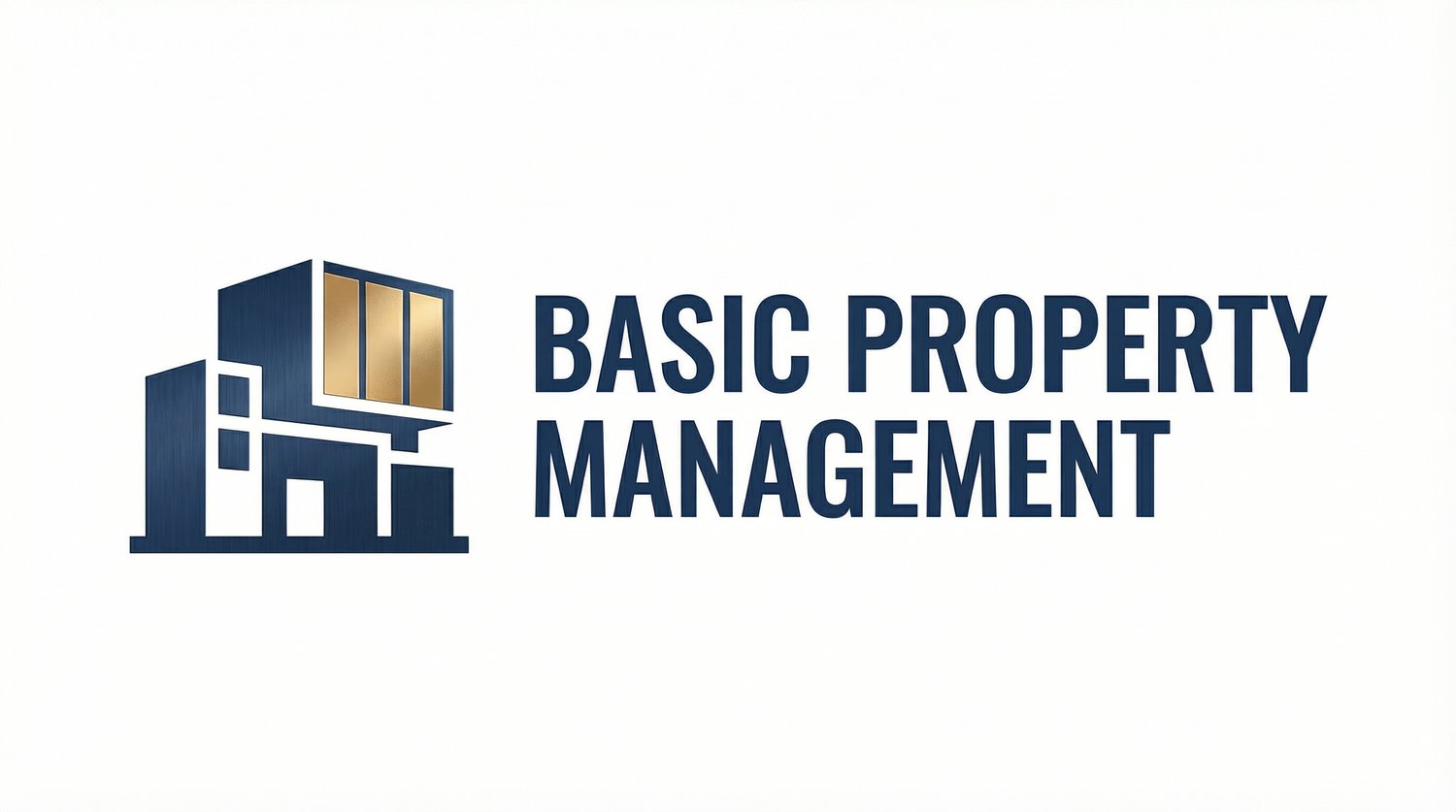
Rental Property Management in a Market Crash
While history doesn't always repeat itself, it often rhymes. Looking at the current events, there are some parallels being drawn with the lead-up to the Global Financial Crisis (GFC) of 2007-09.
One of the striking similarities is the impact both crises have had on the global economy. The GFC led to a severe recession, and today, we are witnessing economic disruption on a similar, if not larger scale. This disruption has created uncertainty, a key factor shared by both crises once they emerged.
Notably, the financial crisis began within the housing sector, marked by inflated property prices and easy credit conditions. Comparatively, today's real estate market has been experiencing a significant surge in home prices, fueled in part by low interest rates and limited supply, causing some economists to worry about the possibility of another bubble.
The GFC began with a boom in the housing market. Easy credit conditions led to increased borrowing, allowing many people to buy homes they couldn't afford. This resulted in a housing bubble, where house prices were inflated far beyond their true value. However, like all bubbles, this one eventually burst. When the bubble popped, millions of homeowners found themselves "underwater," owing more on their mortgages than their homes were worth.
When homeowners faced foreclosure, their reactions varied widely. Some tried to fight the process, engaging in legal battles to keep their homes. Others, overwhelmed by the situation, simply walked away. In extreme cases, homeowners stripped their homes of valuable materials, such as copper wiring and appliances, either to sell for cash or out of spite towards the lenders who were taking their homes.
Foreclosures also led to numerous abandoned pets. Unable to afford their care or find housing that would accommodate them, many homeowners left their pets behind when they moved out. Animal shelters reported a significant increase in the number of abandoned pets during the height of the foreclosure crisis.
The emotional toll of foreclosure was equally severe. Many homeowners reported feelings of shame, embarrassment, and helplessness. It was not uncommon for people to hide their situation from friends and family, further isolating themselves during an already difficult time.
In some cases, foreclosed properties were left vacant for months or even years, becoming symbols of the financial crisis and contributing to neighborhood blight. These "zombie homes" could attract crime, lower property values, and create safety hazards.
However, the market eventually began to recover. By 2012, home prices started to rise again, and by 2016, the national median home price had returned to its pre-recession levels. The recovery wasn't uniform across the country—some areas recovered faster than others—but overall, the trend was positive.
The GFC highlighted the importance of sound investment strategies and the need for caution when market conditions seem too good to be true. In the years since the crash, many investors have adopted more conservative approaches, focusing on long-term stability over short-term gains.
Whether you're a seasoned real estate investor or just starting, understanding the impact of the GFC on the US housing market is crucial. It provides valuable insights into the dynamics of the market during a downturn and underscores the importance of being prepared for all eventualities. By learning from the past, you can make more informed decisions and build a more resilient investment portfolio.
In this book we'll dive deeper into strategies for investing in and managing rental properties during a recession, drawing on lessons learned from the GFC. We'll explore how to navigate market downturns, protect your investments, and position yourself for success when the market rebounds.

